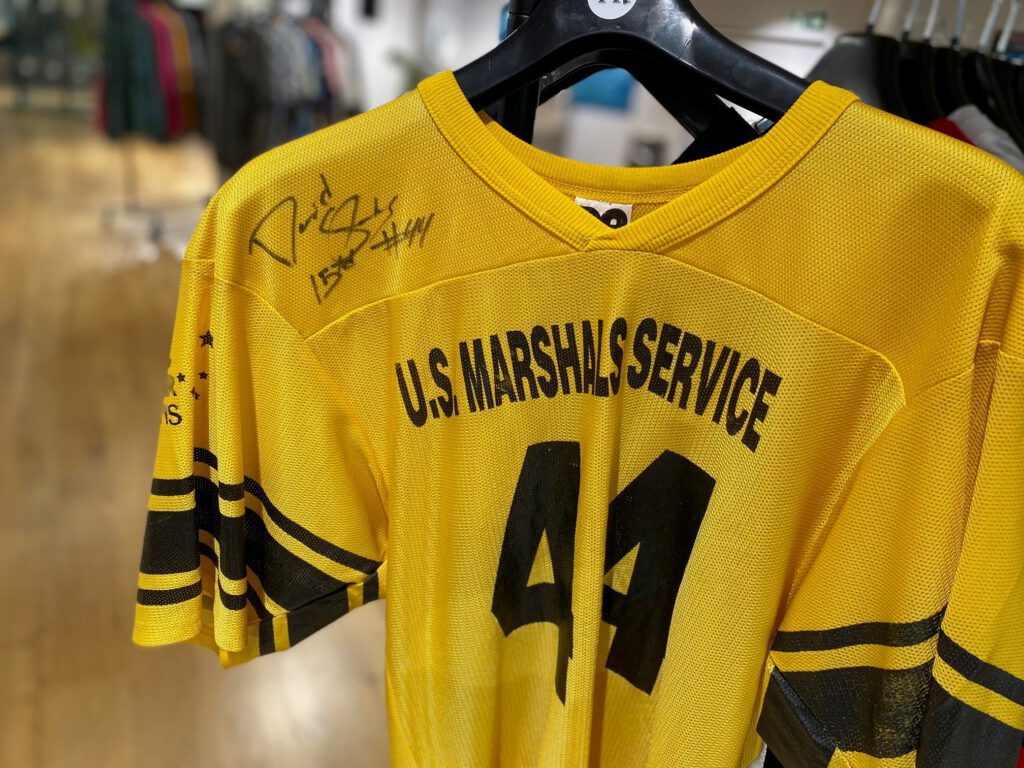Autograph grading autographs — or any signed collectible — has become more than just a way to verify authenticity. It’s a financial strategy. A slabbed signature carries weight in the hobby, adds legitimacy, and can drastically increase resale value. But the real question is:
Does grading actually maximize your return on investment?
Everyone loves to say “PSA has the best resale value,” and on the surface, that seems true. But when you factor in grading probabilities, collector perception, submission cost, and market liquidity, things start to look a lot less clear-cut.
Let’s dig into it — not just with opinions, but with math, market data, and the psychology behind what collectors really want.
The PSA 10 Illusion
Let’s start with the popular belief:
“PSA 10 > BGS 9.5, so PSA is always the better investment.”
But this comparison leaves out a crucial detail — a PSA 10 is not equal to a BGS 9.5 in terms of difficulty to achieve. In fact, the odds of getting a PSA 10 are dramatically higher than hitting a BGS 10, which makes the resale comparison fundamentally flawed.
Take the 2003 Topps LeBron James #221, a cornerstone card in modern basketball collecting.
Since January 2021:
- Only 10% of submissions to PSA came back a 10.
- Meanwhile, BGS 10s are ten times harder to get, appearing in roughly 1% of submissions.
- BGS 9.5s are far more common (~44%) and widely seen as “equivalent” to PSA 10s, but still sell for significantly less.
So yes — a PSA 10 may sell for $3,300, while a BGS 9.5 goes for $1,400. But that’s because the label itself carries a cleaner, simpler appeal to collectors.
A “10” just looks better than a “9.5.” It’s psychological, and the market reflects that.
ROI Isn’t Just About Top Grade — It’s About Probabilities
Here’s where math takes over. If you’re submitting that same LeBron rookie raw, what’s your expected return?
PSA Submission
- 10% chance of a 10 → $3,300 → $330 EV
- 70% chance of a 9 → $600 → $420 EV
- 20% chance of <9 → ~$400 → $80 EV
Total expected value: $830
Minus submission fee (~$300): $530 net
BGS Submission
- 1% BGS 10 → $12,000 → $120 EV
- 44% BGS 9.5 → $1,400 → $616 EV
- ~50% BGS 9 or lower → $450 → $292.5 EV
Total expected value: $1,028.50
Minus submission fee (~$250): $778.50 net
On paper, BGS yields ~$250 more than PSA in expected value. So why doesn’t the hobby see it that way?
The Catch: Liquidity and Trust
This is where things get interesting. Numbers don’t lie — but markets don’t always listen to numbers.
- PSA has the best liquidity in the game.
- More buyers are looking for PSA slabs.
- PSA’s population report is the gold standard, used by most collectors to gauge scarcity and value.
So while you might theoretically earn more from a BGS submission, selling that card — especially quickly — might prove more difficult. A PSA 10 will almost always move faster than a BGS 9.5 or an HGA 9.5, even if it’s not the “better” value on paper.
Collectors trust PSA more. That trust isn’t easily replaced with spreadsheets or logic.
The HGA Variable
Let’s throw in HGA, a newer player with low fees and modern presentation.
Using the same LeBron rookie:
- 30% chance of a 9.5 ($1,300) → $390 EV
- 53% chance of a 9 ($500) → $265 EV
- 15% chance of 8.5 ($300) → $45 EV
Total expected value: $700
Grading cost: ~$50
Net ROI: $650
Not bad — and surprisingly close to PSA — but there’s a problem:
HGA slabs are hard to sell.
The market perception is still forming, and the collector base is smaller. If you’re planning to flip, HGA might not be liquid enough.
The Takeaway: It’s Not Just About the Math
So what does grading really do for autographs?
- It adds trust, structure, and marketability.
- It can dramatically increase value — but only if you understand the grading standards, odds, and buyer behavior.
- PSA gives you certainty, liquidity, and market confidence.
- BGS gives you the potential for massive upside, especially if you hit a 10.
- HGA gives you value efficiency, but limited reach.
The best move depends on your strategy:
- Want to sell fast? Go PSA.
- Willing to gamble for a huge win? Try BGS.
- Looking for affordable autograph grading on a PC item? HGA is worth considering.
Autograph Grading Does Make Sense
Grading is not just about chasing the highest number. It’s about understanding the risk-reward equation. It’s about knowing your audience — are you selling to a PSA loyalist, a BGS purist, or a collector who just wants a nice-looking slab?
The ROI is in the nuance.
Ignore it, and you’re just rolling the dice.


